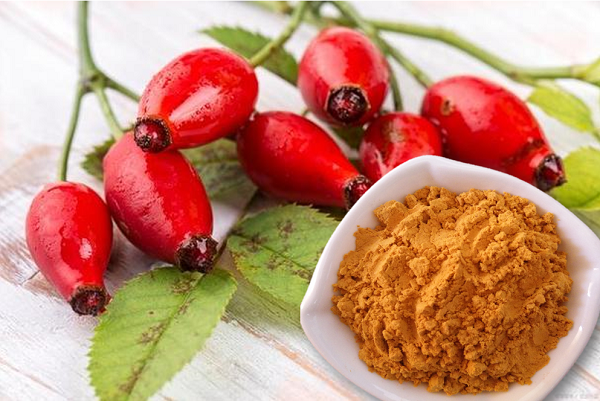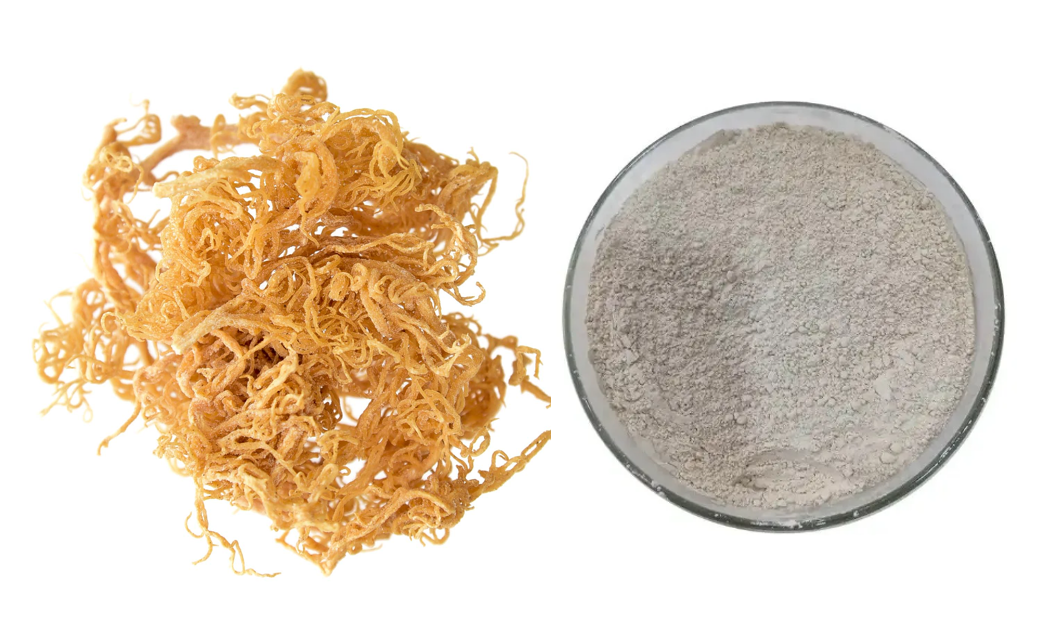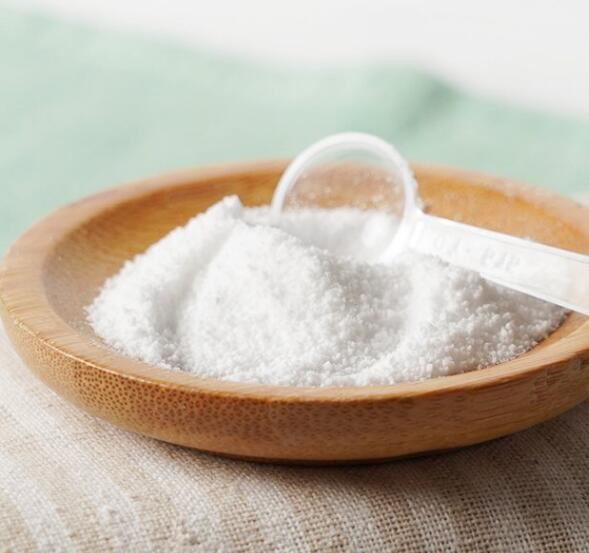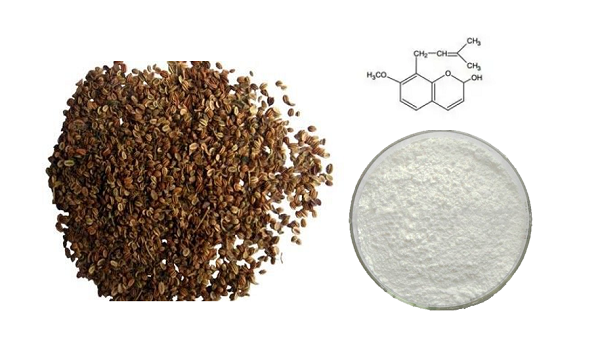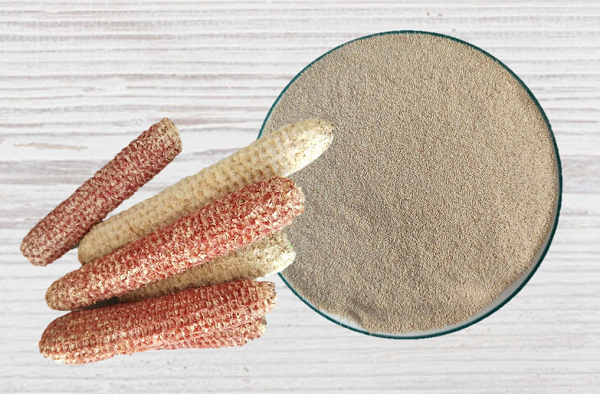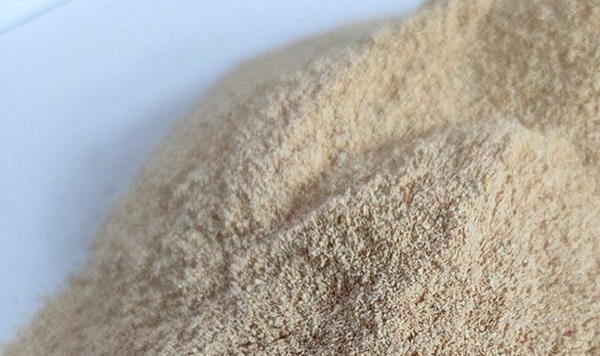Follow Us:
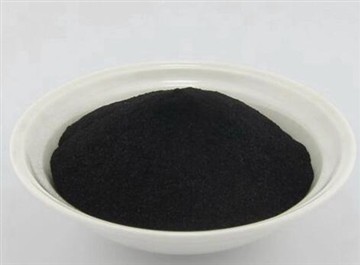
Humic Acid Uses
1. The difference between mineral humic acid and biochemical humic acid
Mineral humic acid
It is mineral humic acid extracted from peat, lignite, and weathered coal. It is composed of fulvic acid, brown humic acid, and black humic acid. We can use a small amount, and we can use 1-2 kg/mu during the entire growth period. effective.
biochemical humic acid
Biochemical humic acid is much cheaper than mineral humic acid. Most of it is made of leftovers or molasses produced in the process of yeast production. Because it contains relatively few nutrients, it can only be effective through a large amount of application.
2. What is the difference between soil humic acid and coal humic acid?
The main thing is that the original substances are not exactly the same. The raw materials of soil humic acid are mainly lower organisms, animal residues, and herbaceous plants, and a large number of minerals participate in the action, while the raw materials of coal humic acid are mainly higher plants, and animals and minerals are less involved. Therefore, we The most used is soil humic acid, after all, the minerals needed by the soil are guaranteed.
3. In the past two years, what is the enzymatic humic acid that some companies have speculated about?
Enzyme hydrolysis of humic acid is actually a production process of humic acid, which is decomposed by biological enzymes and biological bacteria, which is not much different from ordinary humic acid.
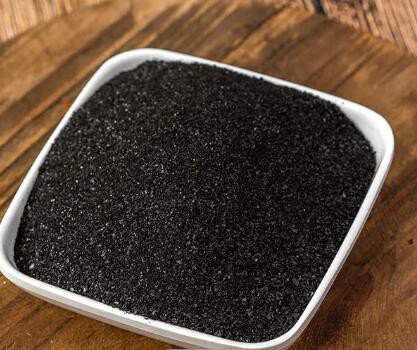
Use effect problem
Potassium humate problem:
1. Is good potassium humate generally bright in tablet form? What is the difference between sodium humate and sodium humate?
A good mineral source of potassium humate must be shiny, but not necessarily a tablet. Compared with sodium humate, the production process is different.
2. How to judge the quality of potassium humate?
We can look at the content of potassium fulvate in potassium humate. If the content is high, it is naturally good. We can also look at the water solubility of potassium humate. Put it in water, the more it dissolves, it proves that potassium fulvate The greater the content of fertilizer, the better the effect of fertilizer use, the better the quality, and the more precipitation, the worse the effect.
3. Potassium humate is used, so is it unnecessary to apply potassium fertilizer in the later stage?
Actually not, the content of potassium in potassium humate is not so high. For example, potassium fulvate is greater than or equal to 50%, which does not mean that the content of K2O is greater than or equal to 50%. Generally speaking, K2O of potassium fulvate with a content of 50% The content is around 5%.
The general proportion of potassium humate is 20%. For example, the content of potassium humate is 60%, and the content of K2O should be about 12%. From the perspective of pure potassium fertilizer, this content is very low. No matter how much you apply, you will need to supplement potassium fertilizer in the later stage.
Fulvic acid, potassium fulvic acid problem:
1. What is the general reason for the anti-flocculation and non-anti-flocculation of fulvic acid?
In fact, it is because of their different content.
2. What is the content of the agricultural mineral source potassium fulvic acid?
For better agricultural mineral source potassium fulvic acid, the humic acid content reaches about 60%, the fulvic acid content is about 30%, and the potassium oxide is about 10%.
3. What are the characteristics and advantages of potassium fulvic acid compared with potassium sulfate?
Potassium fulvic acid is organic potassium, and potassium sulfate is inorganic potassium. Potassium fulvic acid has higher absorption and utilization than potassium sulfate, and its safety is also higher.
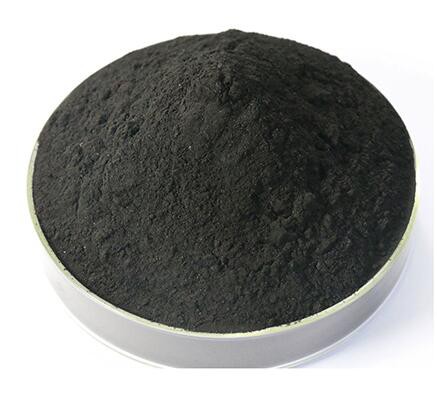
Scope and method of use
1. What crops is humic acid generally suitable for?
It is generally believed that humic acid has a better fertilizer effect on cabbage, radish, tomato and other vegetable crops, followed by root and tuber crops, and finally on rapeseed, soybean, peanut and other crops. However, the fertilizer efficiency on cereal crops is relatively low.
2. When is the most suitable time to apply humic acid fertilizers for the same crop?
It is most suitable for application in the early growth stage (seedling stage) and vigorous reproductive growth stage of crops.
This is because in the early stage of crop growth, the root system is relatively weak, and humic acid can be quickly absorbed by the leaves by spraying humic acid on the leaves, which can play a role in promoting and strengthening seedlings. However, during the vigorous growth period, the demand for nutrients is relatively large, and application Humic acid, then the effect of increasing production is more obvious.
3. Potassium fulvic acid or potassium sulfate, which one is better to use in the fruit expansion stage?
It is best to compound the effect will be better.
4. After humic acid is used on crops, is it not important to use other fertilizers?
Certainly not. Although the application of humic acid in agriculture will have a good effect, if it is not applied in conjunction with other mineral elements, the effect will not be very satisfactory if it is applied simply.
The application of humic acid should be applied together with other fertilizers, because it contains relatively low available nutrients and cannot replace chemical fertilizers. It should be applied in conjunction with chemical fertilizers and farmyard manure.
5. Can humic acid be used directly in the soil?
This is possible. Because humic acid is a high-organic fertilizer, direct use can not only supplement the organic matter of the land, but also improve the soil and improve the soil’s ability to retain water and fertilizer.
6. What is the application concentration of humic acid?
We need to master the appropriate temperature. The recommended concentration is 100 mg/L in the early stage of crop growth, and 100-500 mg/L in the middle and late stages of growth.
7. How does the inhibitory effect of humic acid manifest, that is, after the application of high concentration of humic acid, will it be detrimental to the growth of crops?
Generally speaking, if the fertilizer concentration is too high, it is not conducive to the growth of crops, but so far, the limit value of humic acid flushing concentration has not been found, so its inhibitory effect may be relatively weak.
8. At what temperature do we generally apply humic acid?
Pay attention to the temperature when applying. Generally, the temperature is above 18 degrees, but not higher than 38 degrees, because humic acid fertilizers are slow to take effect in cold weather, and if the temperature is too high, the accumulation of dry matter will be reduced, resulting in reduced production. Phenomenon.
10. How often is it better to use humic acid in drip irrigation?
It is better for us to apply at intervals, such as humic acid and a large number of elements in rotation.
11. If the mineral humic acid is applied by drip irrigation for a long time, will there be any impact? Will humic acid have an antagonistic effect with other elements?
The higher the quality of mineral humic acid, the stronger the activity of fulvic acid and the higher the content. If the pipe is blocked, it can be relieved with water for half an hour to one hour. Humic acid and other elements are not antagonistic.
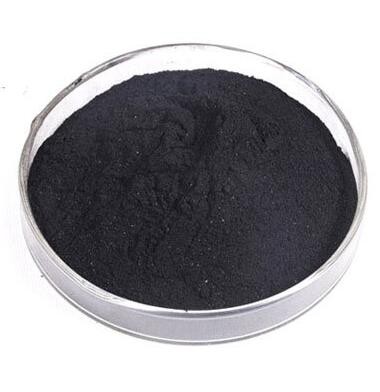
12. Why are there spots on the leaves when the mineral humic acid is used in the later stage of the plant?
This is because normal mineral humic acid has relatively strong activity and will leave water droplets on the plant, but it will be absorbed. If there are spots on the finished product, it means that the activity is not high enough or the concentration is relatively high.
1. How can we distinguish the true and false humic acid on the market in terms of color?
When we go to buy humic acid, we can pour a small amount of humic acid water-soluble fertilizer or powder into clear water. If the color of the water is very dark, it may be dyed. The normal color should be brown and black.
If it is granulated humic acid, rub it hard with your hands. If the color fades and the color cannot be washed off with water, it is likely to be dyed. You can also crush the granules. If the color inside is not the same as the color outside the black brown, it may be the same. dyed.
In addition, there is a kind of fertilizer on the market now that is white granules, and it is said that white humic acid is added in it, which must be false, because there is no such substance as white humic acid!
2. How do we distinguish between true and false humic acid in terms of solubility?
Put the humic acid fertilizer into the water, observe the speed of dissolution, whether it can be completely dissolved, and whether there is any sediment. Usually, good quality humic acid fertilizers can be dissolved quickly and there is no sediment.













